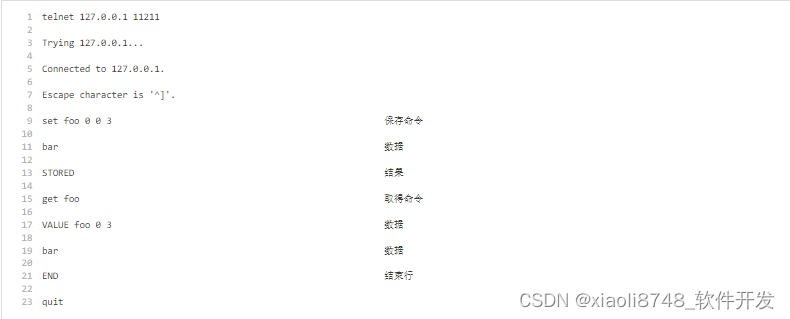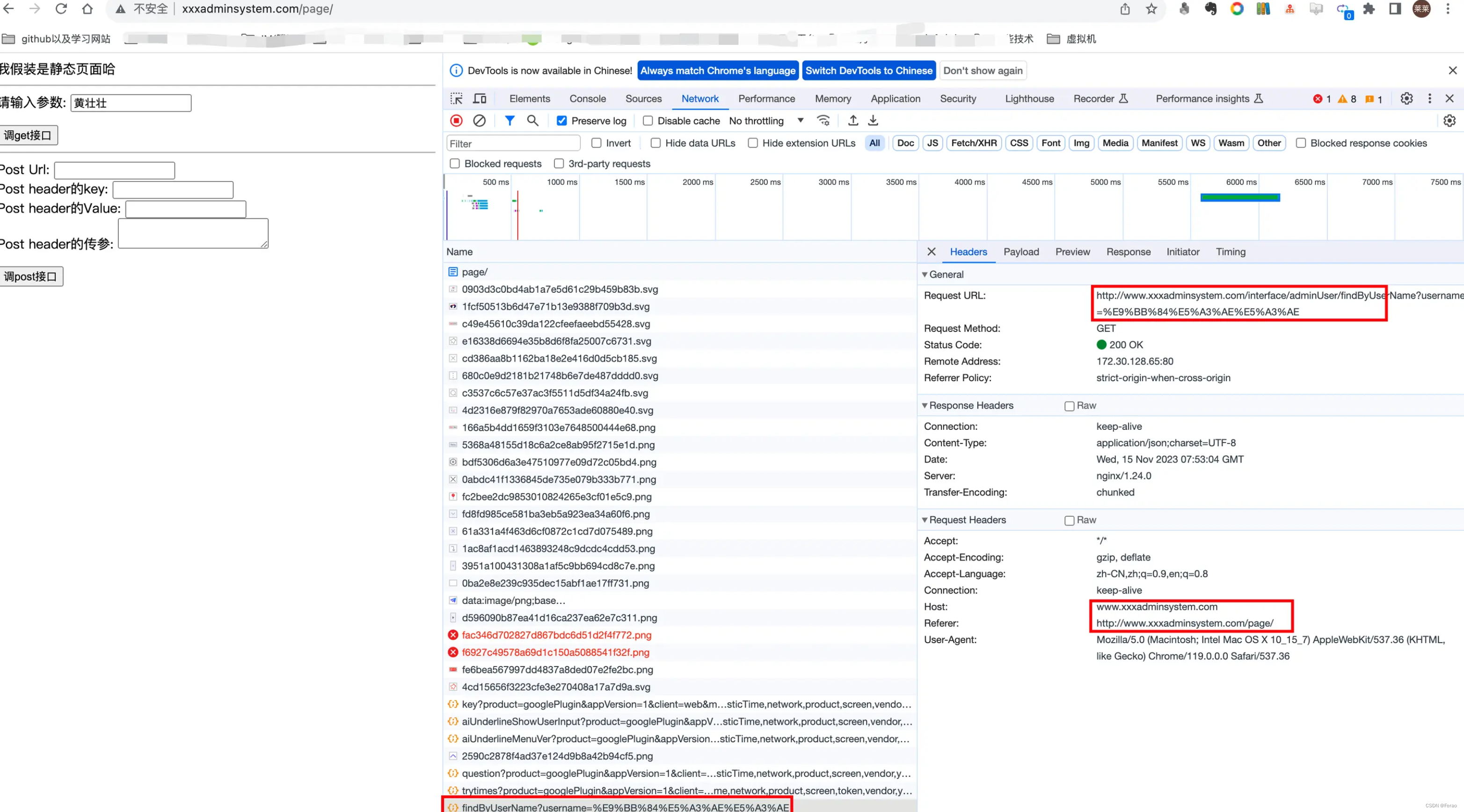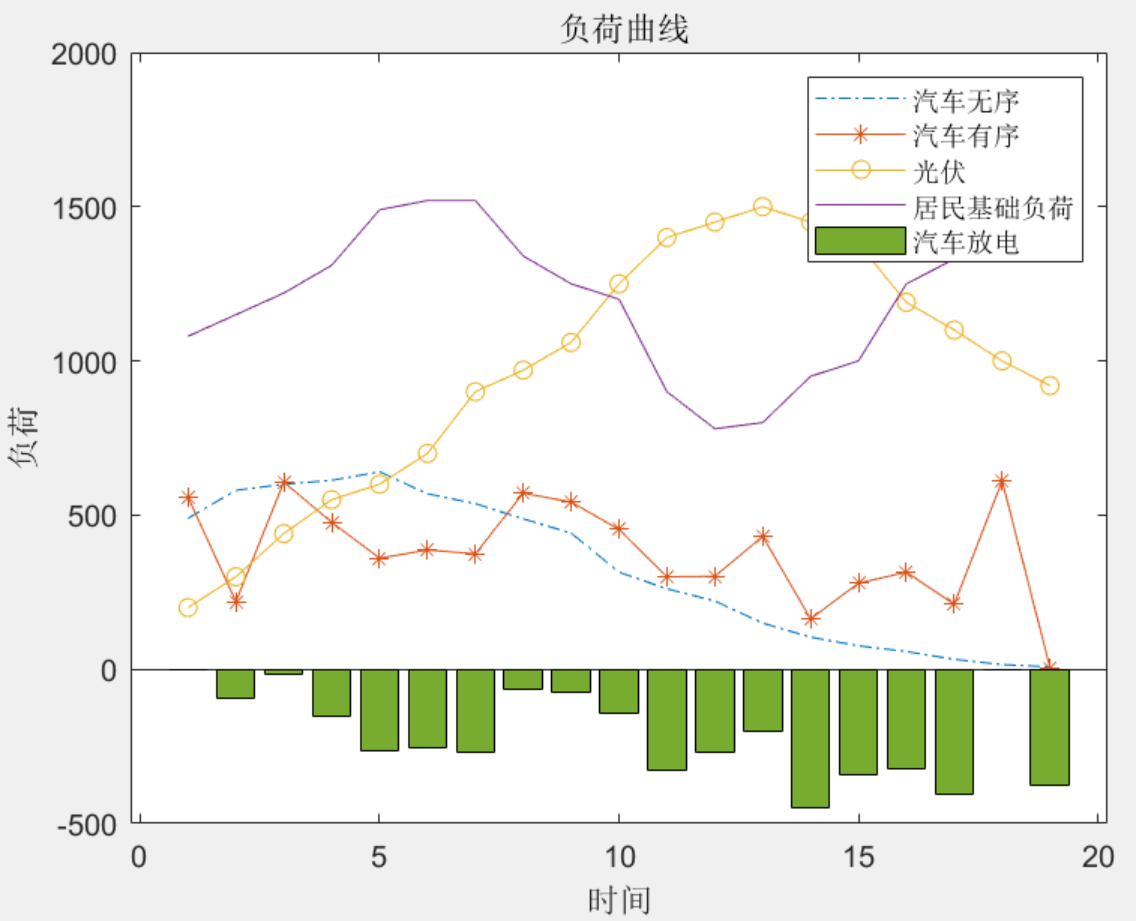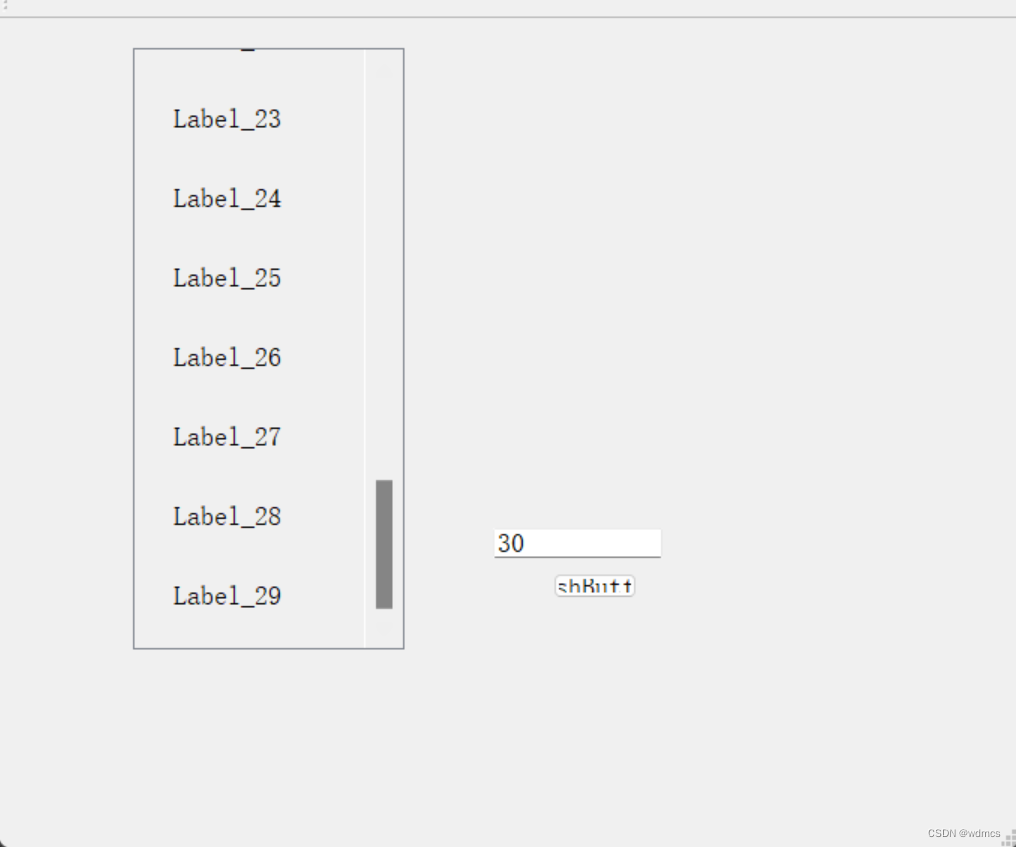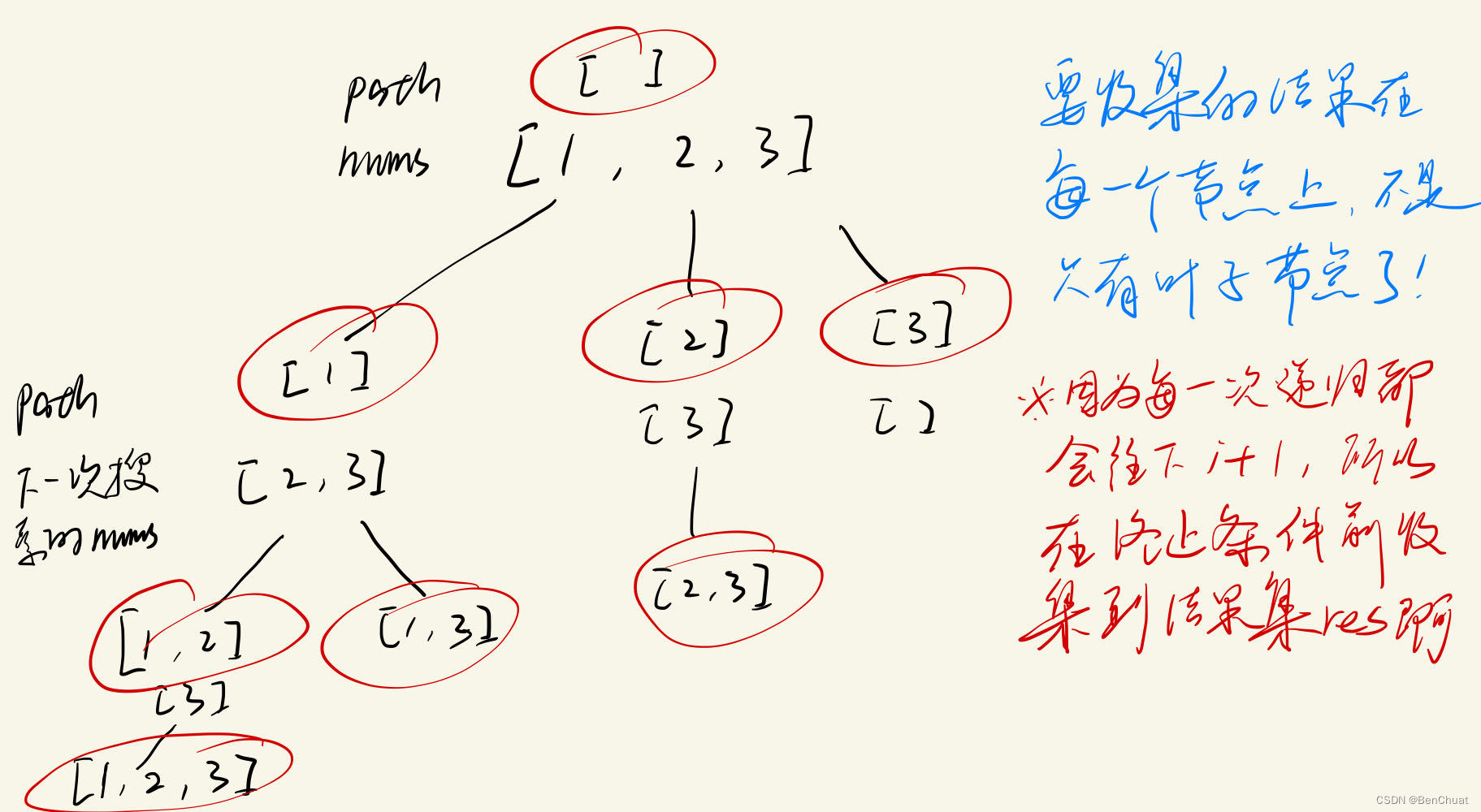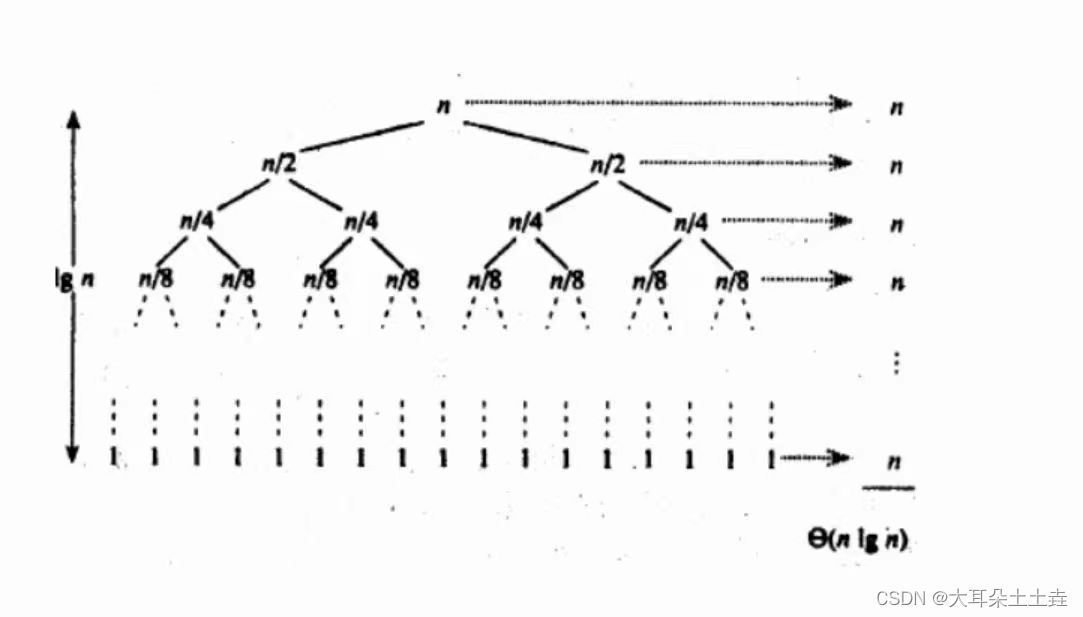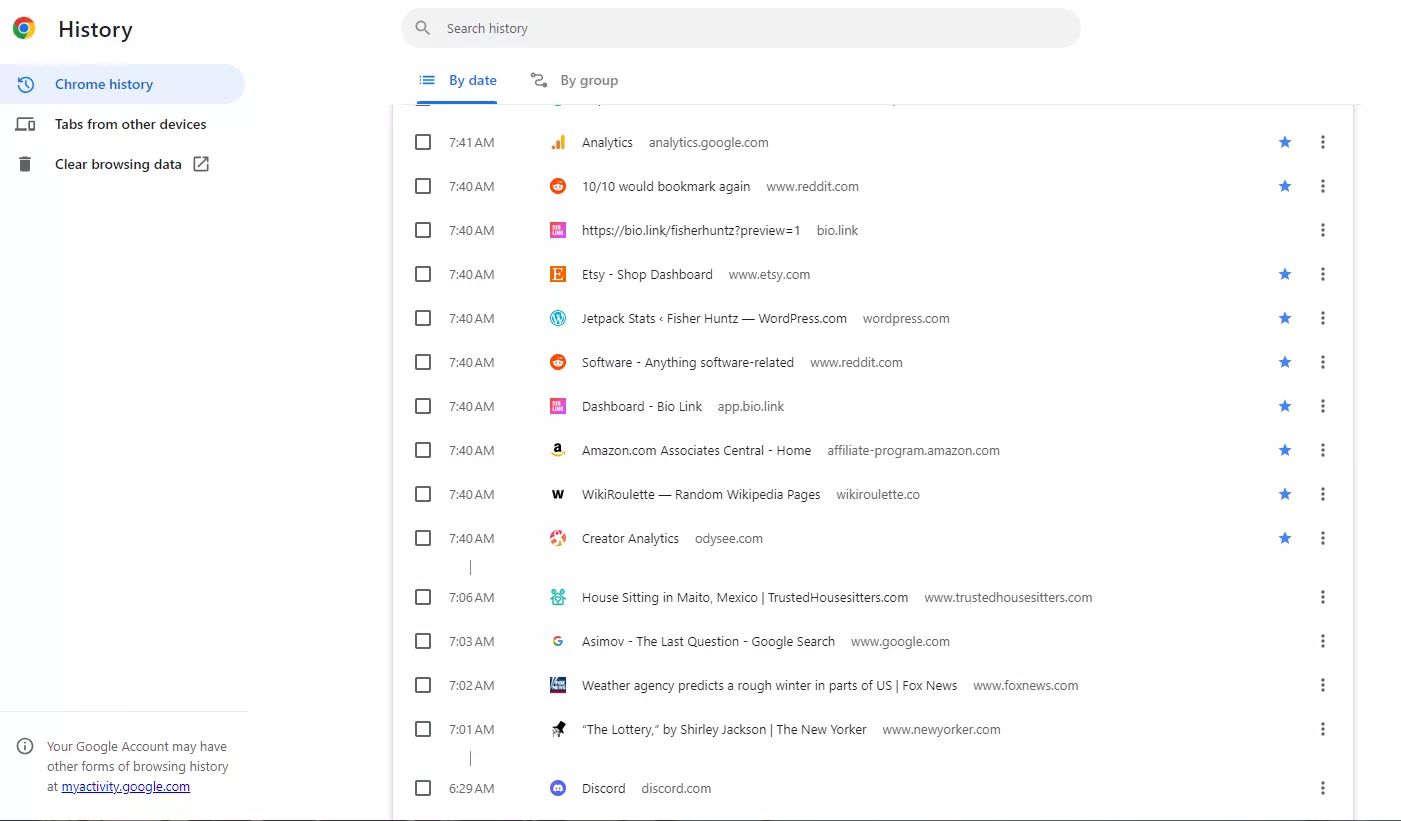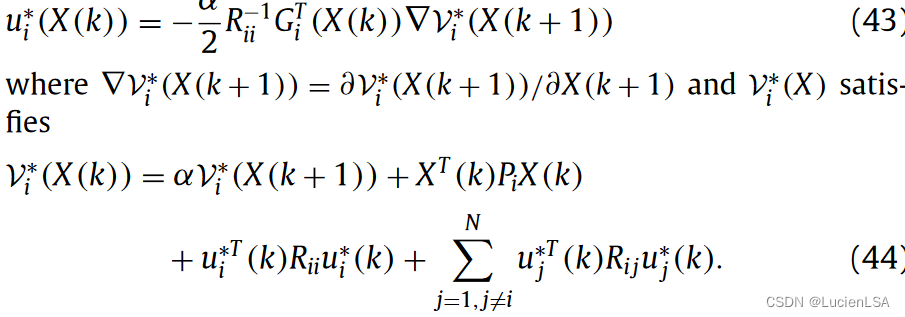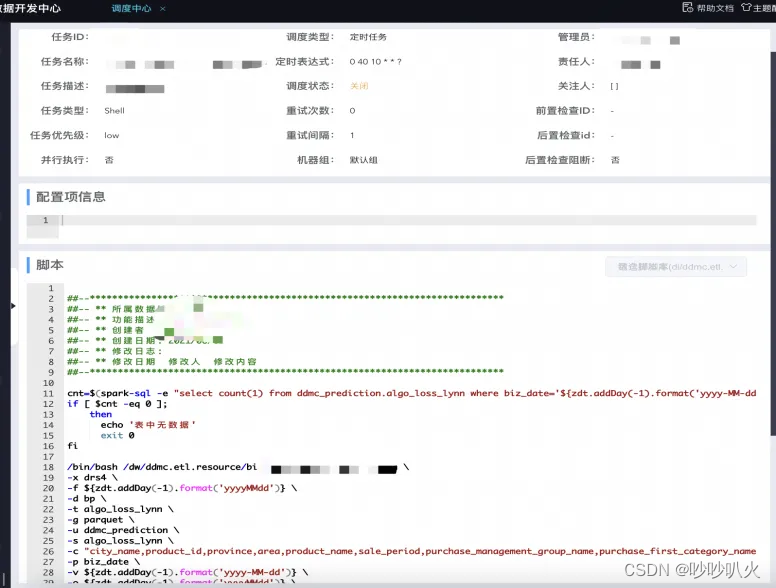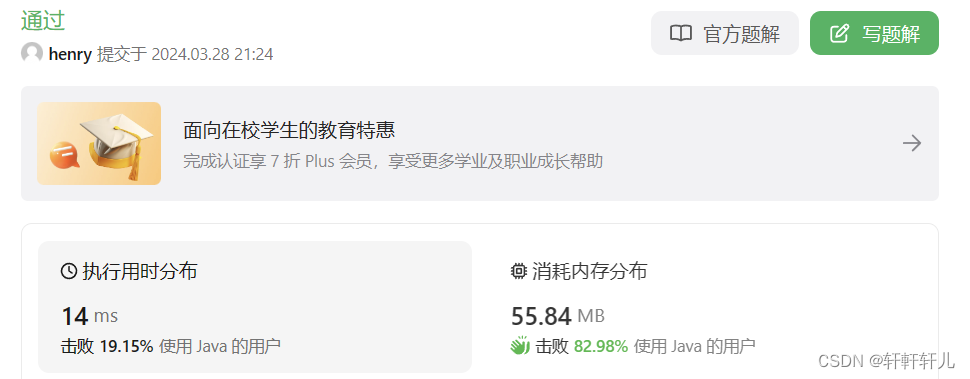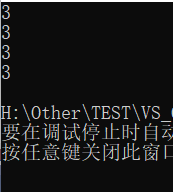嗨,各位小伙伴!
🐱💻 我是【行走的程序喵】!一个兼具Web前端和Java后端技能的技术宅!
🌟 我的博客上分享最新的Web前端和Java后端技术文章,从基础入门到进阶应用,应有尽有!
🚀 如果你渴望成为一名优秀的全栈工程师,那么不妨关注我的博客,一起探索编程世界的无限可能!
👉 我也是一名爱分享的博主,文末获取资源!关注博主不迷路~
1. Spring Boot中的Actuator是什么?它的作用是什么?
解答: Actuator是Spring Boot提供的一个功能强大的监控和管理工具。它提供了许多内置的端点(endpoints),可以用于监控应用程序的健康状况、运行时信息等。通过Actuator,可以轻松地监控应用程序的性能、配置信息、日志等,并且可以通过HTTP接口或JMX与应用程序进行交互。
引入示例代码:
在pom.xml中添加Actuator依赖:
<dependency>
<groupId>org.springframework.boot</groupId>
<artifactId>spring-boot-starter-actuator</artifactId>
</dependency>
2. Spring Boot的自动配置是如何工作的?
解答: Spring Boot的自动配置通过条件化配置来实现。当应用程序启动时,Spring Boot会根据classpath中的依赖和配置信息,以及运行时环境的特征(如操作系统、JVM版本等)来决定是否自动配置某些功能。如果符合条件,则自动配置类会被加载并配置相应的bean,从而简化了开发者的工作。
3. 如何实现Spring Boot应用程序中的AOP(面向切面编程)?
解答: 在Spring Boot应用程序中,可以使用@Aspect注解和@Before、@After等注解来定义切面和通知。首先,需要创建一个切面类,并在其中定义切点和通知方法。然后,在配置类中使用@EnableAspectJAutoProxy注解启用AOP功能。
示例代码:
import org.aspectj.lang.annotation.*;
import org.springframework.stereotype.Component;
@Aspect
@Component
public class MyAspect {
@Pointcut("execution(* com.example.service.*.*(..))")
private void anyServiceMethod() {}
@Before("anyServiceMethod()")
public void beforeServiceMethod() {
System.out.println("Before executing service method");
}
@After("anyServiceMethod()")
public void afterServiceMethod() {
System.out.println("After executing service method");
}
}
在配置类中添加@EnableAspectJAutoProxy注解:

import org.springframework.context.annotation.*;
@Configuration
@EnableAspectJAutoProxy
public class AppConfig {
// 配置其他Bean
}
4. 如何实现Spring Boot应用程序中的事务管理?
解答: 在Spring Boot中,可以使用@Transactional注解来实现事务管理。只需在需要添加事务管理的方法上添加@Transactional注解即可,Spring Boot会自动处理事务的开始、提交、回滚等操作。
示例代码:
import org.springframework.stereotype.Service;
import org.springframework.transaction.annotation.Transactional;
@Service
public class MyService {
@Transactional
public void performTransaction() {
// 执行数据库操作
}
}
5. 如何使用Spring Boot实现异步任务?
解答: 在Spring Boot中,可以使用@Async注解来实现异步任务。只需在需要异步执行的方法上添加@Async注解,并在配置类中使用@EnableAsync注解启用异步功能。
示例代码:
import org.springframework.scheduling.annotation.Async;
import org.springframework.stereotype.Service;
@Service
public class MyService {
@Async
public void performAsyncTask() {
// 执行异步任务
}
}
在配置类中添加@EnableAsync注解:
import org.springframework.context.annotation.*;
@Configuration
@EnableAsync
public class AppConfig {
// 配置其他Bean
}
6. 如何在Spring Boot应用程序中配置多数据源?
解答: 在Spring Boot中配置多数据源可以通过创建多个DataSource bean,并将它们分别配置到不同的数据源。然后,通过@Qualifier注解指定要使用的数据源。
示例代码:
import javax.sql.DataSource;
import org.springframework.beans.factory.annotation.Qualifier;
import org.springframework.boot.autoconfigure.jdbc.DataSourceBuilder;
import org.springframework.context.annotation.*;
import org.springframework.jdbc.core.JdbcTemplate;
@Configuration
public class DataSourceConfig {
@Bean(name = "firstDataSource")
@Primary
@ConfigurationProperties(prefix = "spring.datasource.first")
public DataSource firstDataSource() {
return DataSourceBuilder.create().build();
}
@Bean(name = "secondDataSource")
@ConfigurationProperties(prefix = "spring.datasource.second")
public DataSource secondDataSource() {
return DataSourceBuilder.create().build();
}
@Bean(name = "firstJdbcTemplate")
public JdbcTemplate firstJdbcTemplate(@Qualifier("firstDataSource") DataSource dataSource) {
return new JdbcTemplate(dataSource);
}
@Bean(name = "secondJdbcTemplate")
public JdbcTemplate secondJdbcTemplate(@Qualifier("secondDataSource") DataSource dataSource) {
return new JdbcTemplate(dataSource);
}
}
行走的程序喵精心为小伙伴们制作了一份《20万字Java面试八股文宝典》 👇👇👇


获取地址在文末!!!!
7. 如何在Spring Boot应用程序中实现请求参数校验?
解答: 在Spring Boot中可以使用javax.validation包提供的注解来实现请求参数校验。只需在Controller方法的参数上添加相应的校验注解,Spring Boot会自动进行参数校验,并返回校验结果。
示例代码:
import javax.validation.constraints.NotBlank;
import org.springframework.web.bind.annotation.*;
@RestController
public class MyController {
@PostMapping("/validate")
public String validateParam(@NotBlank(message = "Name is required") String name) {
return "Valid param: " + name;
}
}
8. 如何在Spring Boot应用程序中使用WebSocket?
解答: 在Spring Boot中,可以使用spring-boot-starter-websocket依赖来实现WebSocket。首先,需要创建一个WebSocket处理器类,并在配置类中注册它。然后,在客户端页面中使用JavaScript代码来连接WebSocket服务端。
示例代码:
import org.springframework.context.annotation.Configuration;
import org.springframework.web.socket.config.annotation.*;
@Configuration
@EnableWebSocket
public class WebSocketConfig implements WebSocketConfigurer {
@Override
public void registerWebSocketHandlers(WebSocketHandlerRegistry registry) {
registry.addHandler(new MyWebSocketHandler(), "/my-websocket
");
}
}
import org.springframework.web.socket.*;
import org.springframework.web.socket.handler.TextWebSocketHandler;
public class MyWebSocketHandler extends TextWebSocketHandler {
@Override
public void handleTextMessage(WebSocketSession session, TextMessage message) {
// 处理WebSocket消息
}
}
9. 如何在Spring Boot应用程序中使用缓存?
解答: 在Spring Boot中,可以使用@EnableCaching注解启用缓存功能,并在需要缓存的方法上添加@Cacheable、@CachePut、@CacheEvict等注解来控制缓存的行为。
示例代码:
import org.springframework.cache.annotation.*;
import org.springframework.stereotype.Service;
@Service
public class MyService {
@Cacheable("dataCache")
public String getData() {
// 从数据库或其他数据源获取数据
return "Data";
}
}
在配置类中添加@EnableCaching注解:
import org.springframework.cache.annotation.*;
import org.springframework.context.annotation.*;
@Configuration
@EnableCaching
public class AppConfig {
// 配置其他Bean
}
10. 如何在Spring Boot应用程序中集成JMS(Java Message Service)?
解答: 在Spring Boot中,可以使用spring-boot-starter-activemq或spring-boot-starter-artemis依赖来集成JMS。然后,创建JMS的连接工厂、目的地以及消息发送和接收者,并通过@JmsListener注解来监听消息。
示例代码:
import org.springframework.jms.annotation.*;
import org.springframework.stereotype.Component;
@Component
public class MyJmsListener {
@JmsListener(destination = "my-queue")
public void receiveMessage(String message) {
// 处理接收到的消息
}
}
经典专栏持续更新中,免费订阅(更新完毕后可能会收费哦趁着免费抓紧订阅),戳👇直达
🔥 《面试急救专栏》
🔥 《我的编程之路:从非计算机专业到Java开发工程师的成长之路》
🔥 《Java基础专栏》
😻 获取文中资源请戳: 《20万字Java面试八股文宝典》
🔥 关注公众号【行走的程序喵】,回复【面试题】,获取 《Java基础核心面试题(附答案)》 。更多免费资源请根据提示自取。


